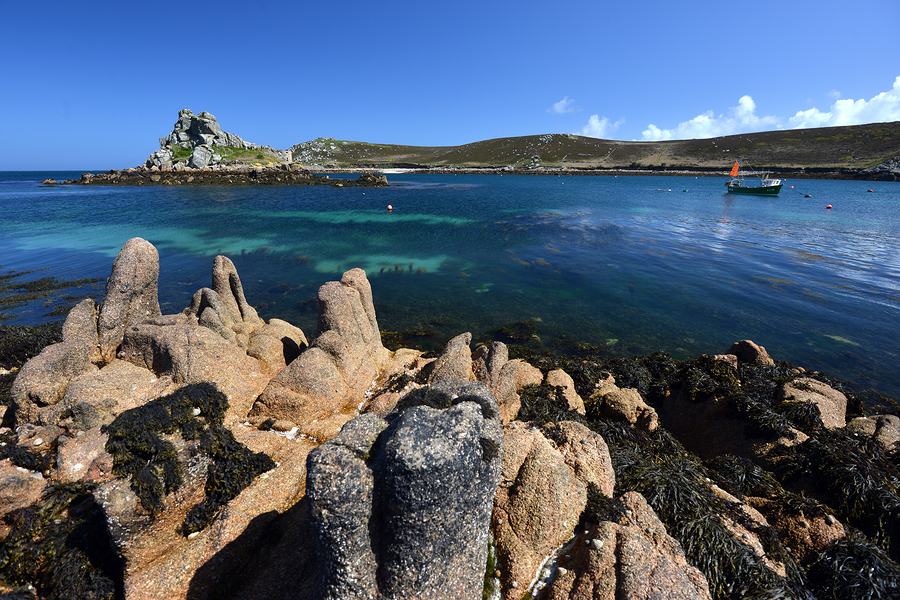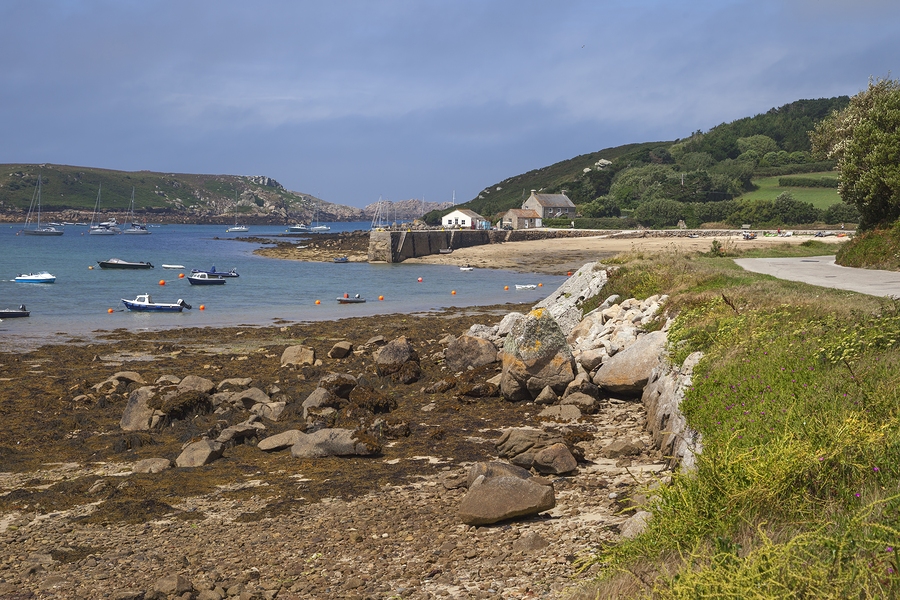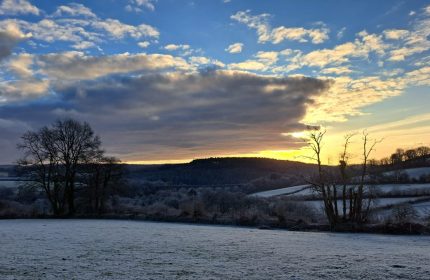A dozen or so things you never knew about The Scilly Isles
The eighth in our series of 'I never knew that about the beauty spots of Britain'
Britain is the most beautiful country in the world when the sun shines. And even when it doesn’t there are myriad tales and facts galore to enhance the beauty, whatever the weather. Here are some of them – they may make you want to go there….
A dozen or so things you never knew about…The Scilly Isles (maybe)
The Scilly Isles, considered a part of Cornwall, are said to be all that is left of the lost kingdom of Lyonesse and the burial place of King Arthur. The first English land to taste the Atlantic breakers the islands nonetheless bask in the warm currents of the Gulf Stream and fruit and flowers grow more early and for longer than in the rest of Britain.
- The jagged rocks off the Scilly Isles have lured many a ship to its doom, especially in the days before any accurate means of navigation were invented. In 1707 the flagship of Admiral Sir Clowdisley Shovell, The Association, leading the fleet returning from the siege of Toulon, in thick fog, hit the rocks west of Scilly and sank. The Admiral, barely alive, was washed ashore on St Mary’s Island where he was found by a poor island woman who suffocated him by pushing his face into the sand, then buried him and made off with his emerald ring. She confessed on her deathbed 30 years later, gave up the ring and revealed where the Admiral’s body was buried and he was taken away to be reburied in Westminster Abbey. The site of Sir Clowdisley Shovell’s temporary grave, at Porth Hellick, is now marked by a quartz block. The loss of The Association prompted the government to offer a huge prize for anyone who could devise a means of determining longitude. The prize was won over fifty years later in 1761 by John Harrison, for his ground-breaking invention the marine chronometer.
- In 1967 the Scilly Isles was the scene of the world’s first supertanker disaster when the Torrey Canyon hit the Seven Stones Reef, seven miles off the Scilly Isles, and sank, spilling 120,000 tons of oil. At the time the Torrey Canyon was not only the biggest ship ever to be wrecked in history, it was also the world’s most expensive shipwreck, and is still the worst ever oil spill off the coast of England.

Tresco
- In 1834 the Duchy of Cornwall leased the Scilly Isles to philanthropist Augustus Smith, who became Lord Proprietor. He built himself a house called The Abbey on the second largest island, Tresco, and beside it created a beautiful sub-tropical garden incorporating the ruins of St Nicholas Priory which were scattered in the grounds. The gardens became world famous and attracted much needed tourism to the Scilly Isles. Smith also introduced the first compulsory education in Britain for the children of Tresco, 30 years before it was introduced on the mainland. His descendants, the Dorien-Smiths retain the lease to Tresco to this day.
- Prime Minister Harold Wilson famously spent his summer holidays on the island of Samson.
- St Agnes, the southernmost Scilly Isle, is the southernmost point of both England and the United Kingdom.
See part three – The Peak District
See part six – the Cumbrian Coast
See part seven – Aberdeenshire
Find out more about Christopher Winn’s ‘I Never Knew That’ here
Latest posts by Christopher Winn (see all)
- A dozen or so things you never knew about Loch Lomond and Dunbartonshire - October 20, 2021
- A dozen or so things you never knew about Bedfordshire - May 18, 2021
- A dozen or so things you never knew about Berwickshire - March 18, 2021
- A dozen or so things you never knew about The Surrey Hills - January 26, 2021
- A dozen or so things you never knew about historic Monmouthshire - February 10, 2020




















